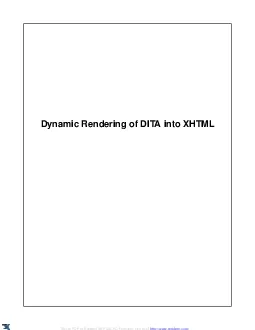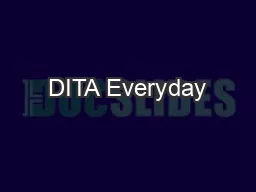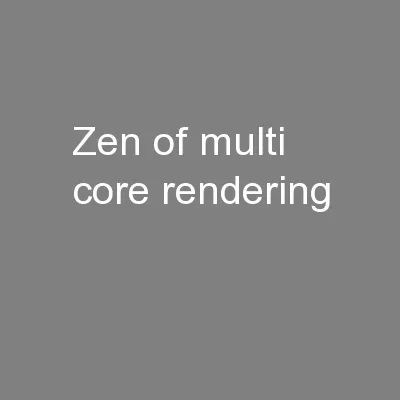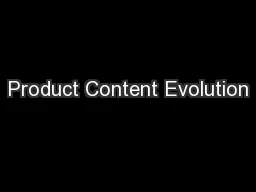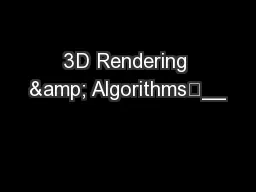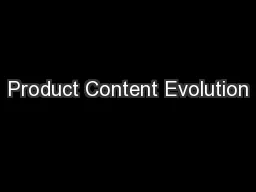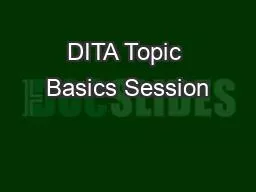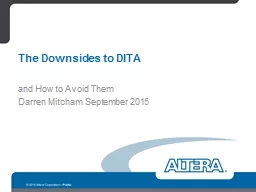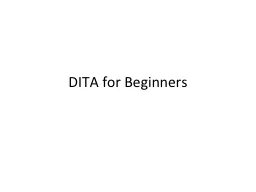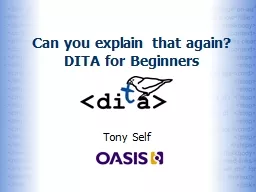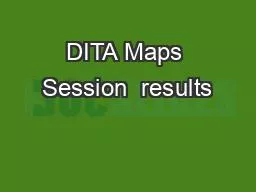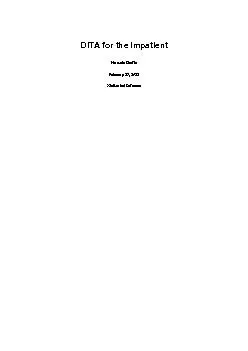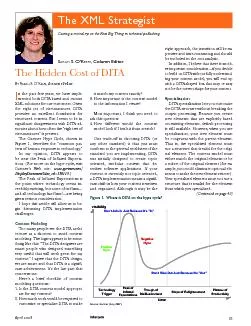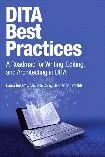PDF-Dynamic Rendering of DITA into XHTML
Author : alis | Published Date : 2021-09-14
XML to PDFby RenderX XEP XSLFO Formatter visit us at httpwwwrenderxcomContentsDynamic Rendering of DITA into XHTML32 OpenTopic TOCXML to PDFby RenderX XEP XSLFO
Presentation Embed Code
Download Presentation
Download Presentation The PPT/PDF document "Dynamic Rendering of DITA into XHTML" is the property of its rightful owner. Permission is granted to download and print the materials on this website for personal, non-commercial use only, and to display it on your personal computer provided you do not modify the materials and that you retain all copyright notices contained in the materials. By downloading content from our website, you accept the terms of this agreement.
Dynamic Rendering of DITA into XHTML: Transcript
Download Rules Of Document
"Dynamic Rendering of DITA into XHTML"The content belongs to its owner. You may download and print it for personal use, without modification, and keep all copyright notices. By downloading, you agree to these terms.
Related Documents

